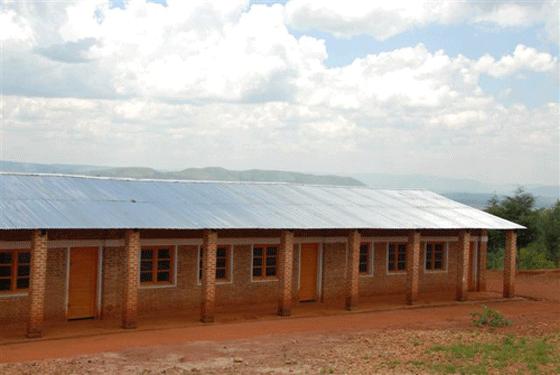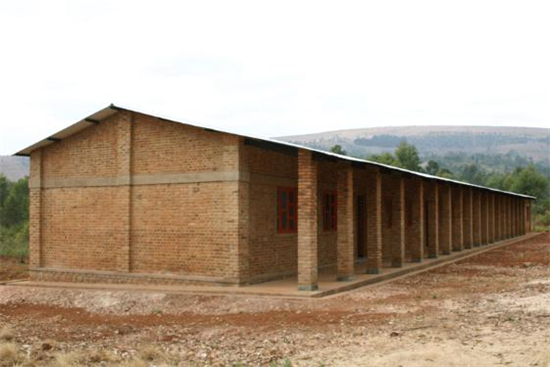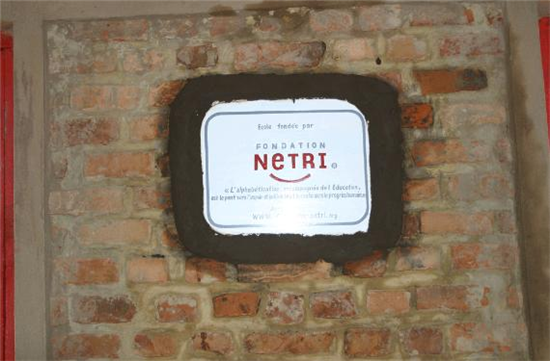Construction of a secondary school
Burundi, 2007
Social Issue
Burundi is one of the ten poorest countries in the world, after a war that has greatly undermined its economy and scared away any kind of outside investment initiatives. The country is in a desperate level of poverty in which the level of education, the illiteracy of the population, the shortage of teachers, the overcrowding of classrooms and the high drop-out rate in schools due to economic reasons are among the most pressing problems.
Our Response
The project consists in the construction of a secondary school with four classrooms and an office. It has capacity for 300 pupils.
After months of delays generated by the local authorities, we were at last able to finish the school!
Expected Social Impact
The objectives of the project are:
- To facilitate access to secondary education for the children in the area, so that they can complete a basic academic year, something currently very difficult to achieve due to the lack of secondary schools.
- To reduce the school drop-out rate by making sure that secondary school students do not have to make journeys longer than 14km to get to the nearest school.
- To prevent internal migration from rural to urban areas by promoting education and by establishing educational resources in rural areas.
- To prevent children from having too much leisure time, which in countries involved in armed conflicts can often lead to the formation of paramilitary groups.
- To help to consolidate teaching staff in rural areas.
- To provide income derived from the construction of buildings to the local population (e.g. labourers, construction materials, transport).






